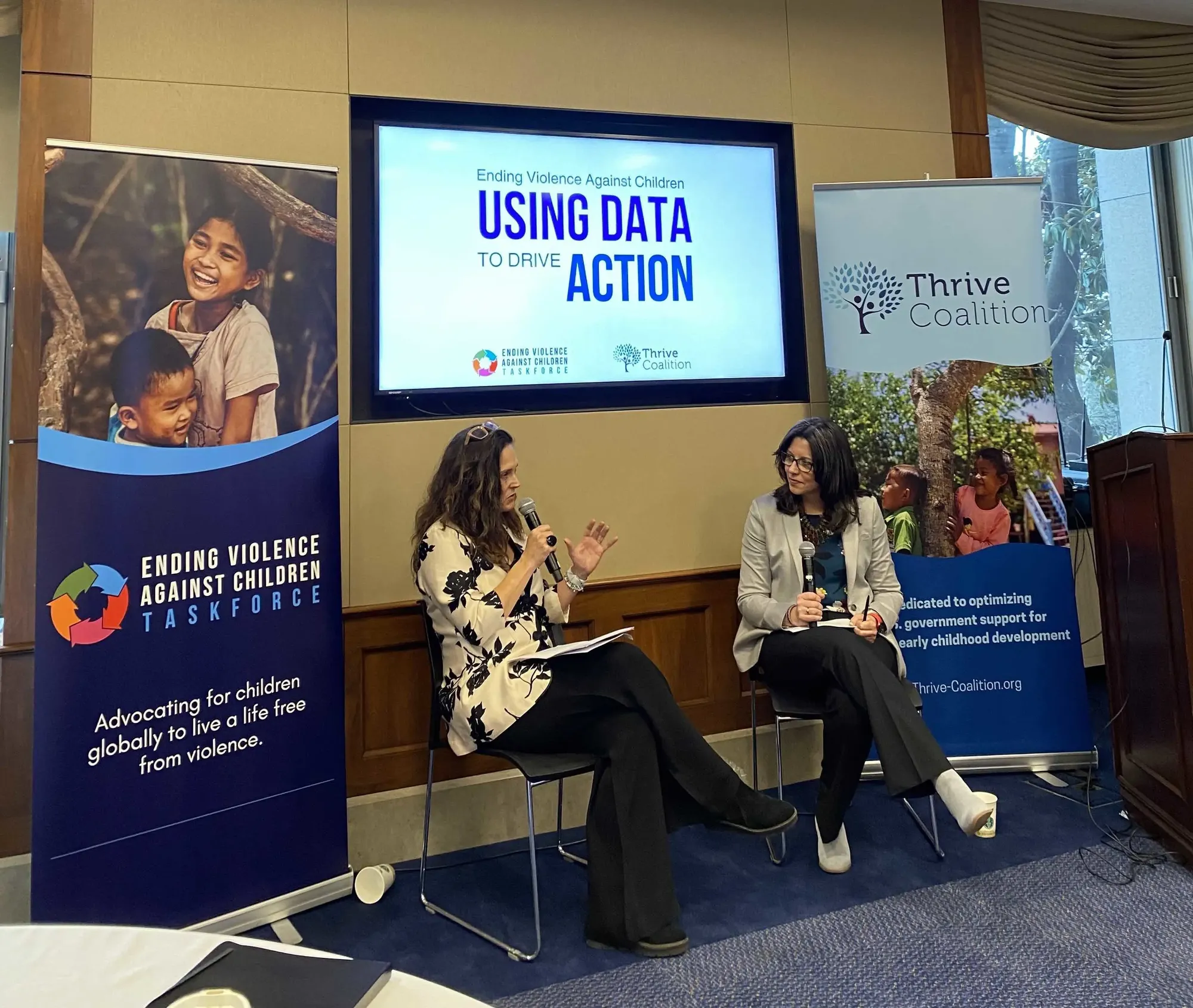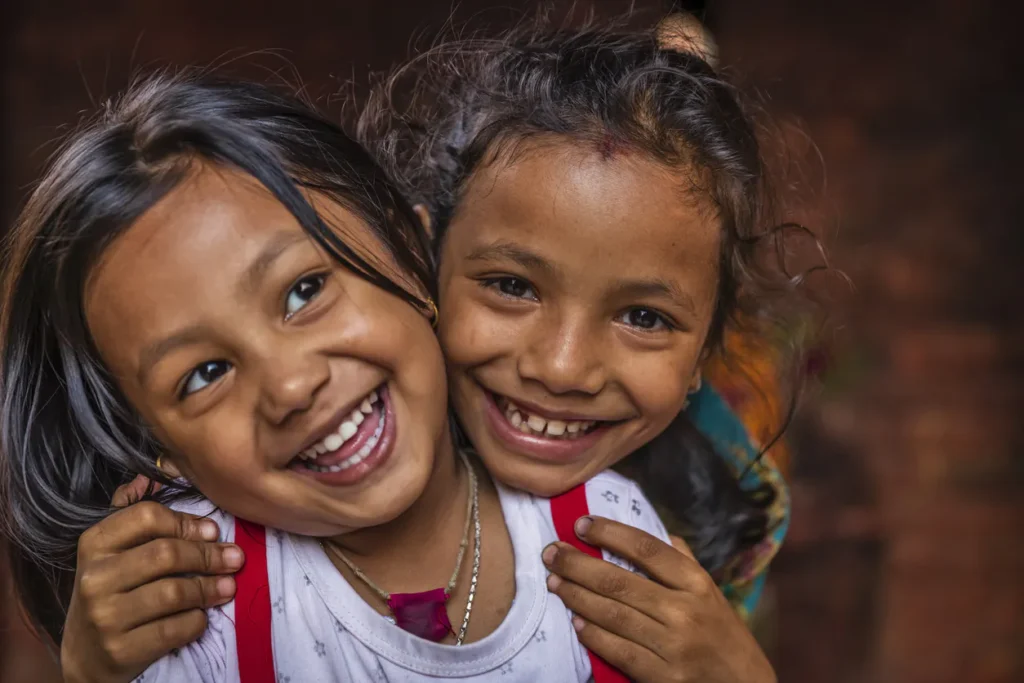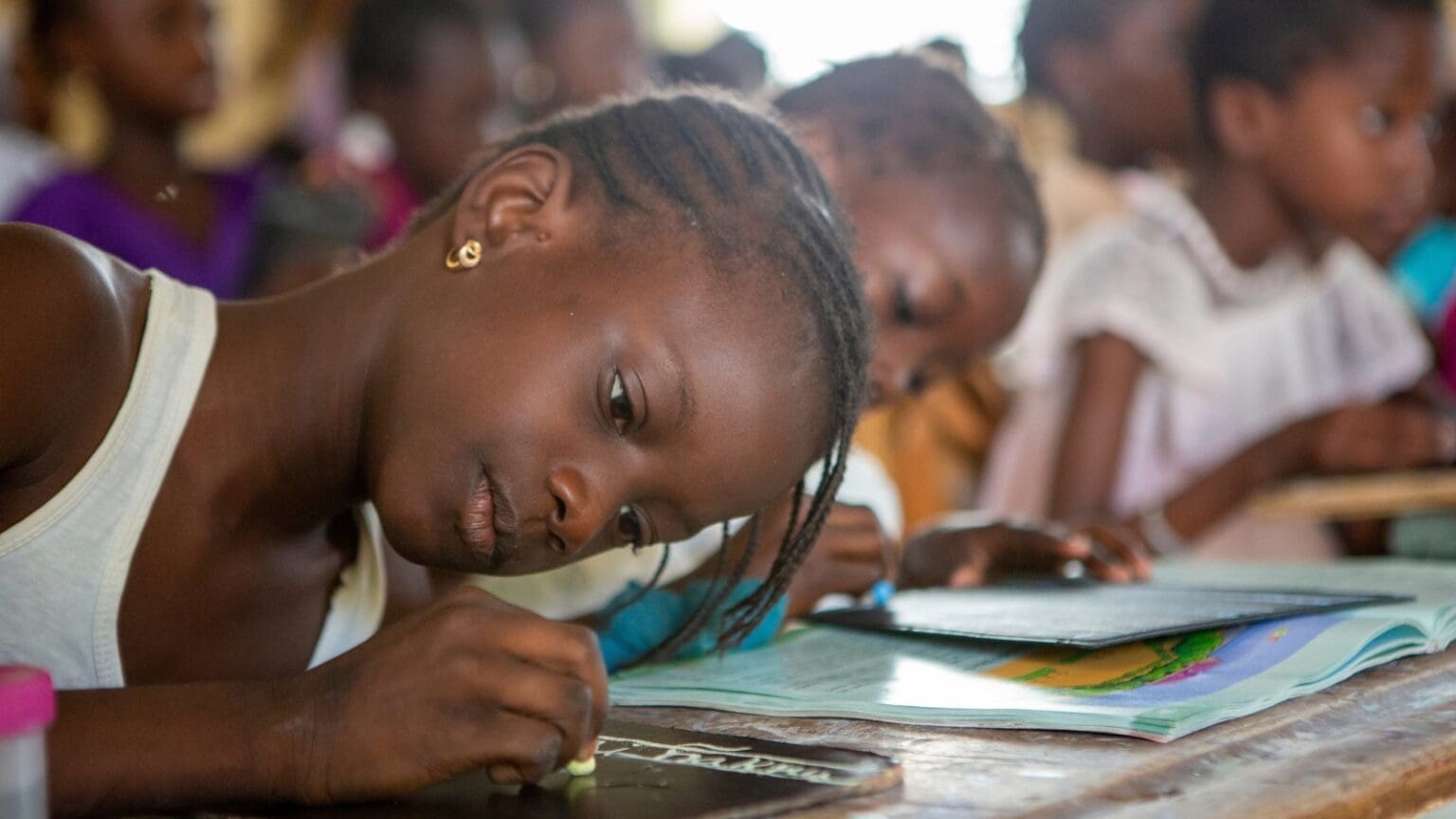Solutions


A Better Future Starts with Investing in the Present
There are an estimated 3.2 billion children and youth alive today. There are 2 billion children ages 0 to 14, and an additional 1.2 billion young people ages 15 to 24 living through the compounding crises of conflict, a extreme weather, and crises the lasting ramifications. Of those 3.2 billion young people, 2 billion are under the age of 14. This is the largest population of young people that the world has ever seen. To ensure that they have the tools, skills, and safety to thrive, the U.S. government must prioritize investments in them today. Many are facing unimaginable hardships. In fact, 1.2 billion 15-24 year old’s live in areas actively engaged in conflict, making it hard for them to safely develop, access education, and prepare for successful adulthoods. Without global action to prioritize their needs now, the consequences will be felt for generations to come.
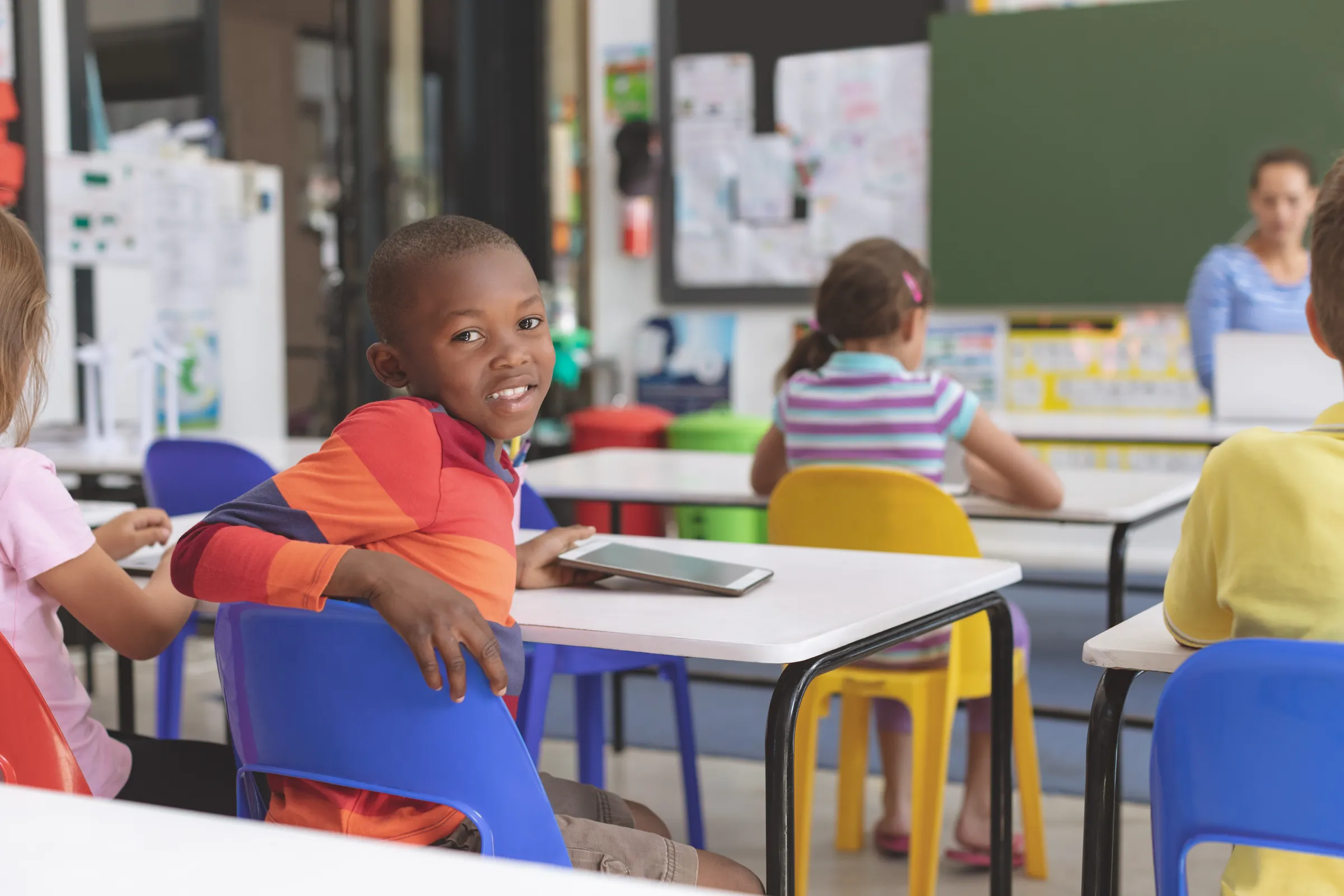
The whole child approach: a common-sense solution
Globally, far too many children are grappling with unprecedented rates of violence and insecurity, and a growing lack of access to quality educational and economic opportunities and physical and mental health services. This includes the alarming escalation of online violence, adding a new dimension to the challenges they face. The impact of catastrophic wars, natural disasters and ongoing displacement continues to disrupt families, often leaving children without parents or caregivers and access to key services.
In light of these evolving challenges, urgent action is required to reassess priorities in U.S. foreign assistance funding, policies, and programs. Strong leadership, enhanced collaboration across government actors and sectors, and the acknowledgment of young people as equal partners are essential. The U.S. has an opportunity to make a transformative impact on the current generation of children, shaping a more secure and promising future for those that follow.
At this pivotal time, we urgently need a common-sense whole child approach to U.S. foreign assistance funding, policies and programs that recognizes the critical, interconnected needs of children everywhere.

We are calling on the U.S. government to take critical steps to make children a top priority. That includes:
Meaningful Engagement with Children and Youth
Children and youth offer the best and most nuanced perspectives on the challenges facing their generation. Young people from diverse backgrounds should be included in every stage of developing and implementing policy and programs. Including youth with disabilities, youth from rural settings, and members of minority ethnic and religious groups will center their voices and lived experiences in efforts intended to benefit them.
Policies and Programs that Elevate Children and Youth
The White House should name a high-level official to be responsible for leading the coordination of policies and programs for young people internationally. This official would report to the President and work in consultation with the Vice President, the Domestic Policy Council, the National Security Council, the Office of Management and Budget, and others.
Increased Funding and Budget Tracking
Congress should establish a system for departments and agencies to track and report spending in detail, ensuring federal funds are used to effectively address children’s and youth people’s needs. As part of an overall increase in foreign assistance funding, the U.S. must dedicate funds for addressing these needs globally.
Policy Proposals
Recognizing that bold action for children requires specific recommendations, civil society has compiled the following recommendations for U.S. policymakers:
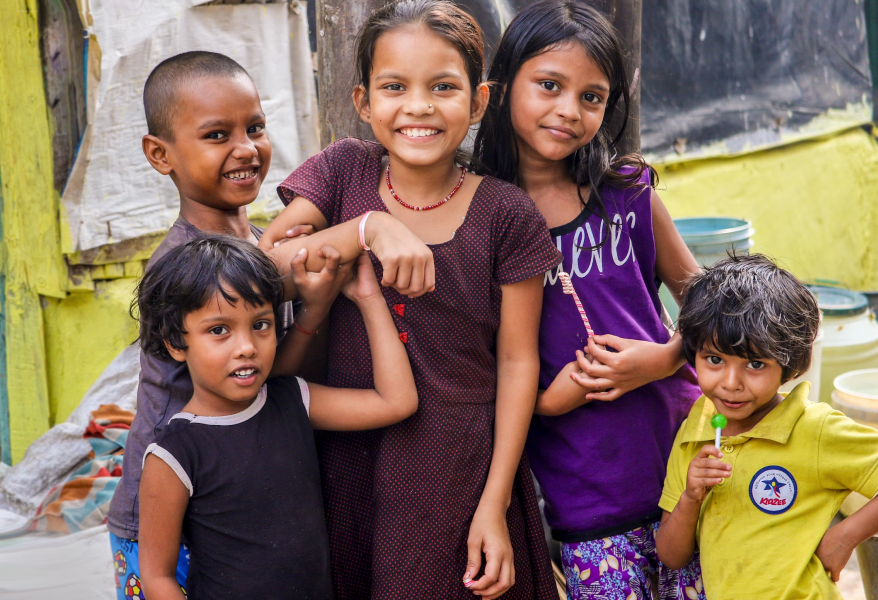
Child Partnership: Key Policy Recommendations
Common-sense recommendations for U.S foreign assistance funding, policies, and programming that recognize the critical and interconnected needs of children and young people. This one page brief calls for U.S. government leadership to enhance and elevate youth through policies and diplomacy, increase transparency and oversight of funding for young people, and to engage in meaningful dialogues with young people themselves about solutions to global issues.

FY25 Appropriations Recommendations for Children and Youth
Over 40 civil society organizations signed a letter to Congressional leaders in support of key funding level recommendations and report language requests for children and youth globally. This joint effort is prompted by a desire to demonstrate the interconnected ways in which these issues impact young people’s lived experiences and the acknowledgement of the difficulty in accurately tracking foreign assistance benefiting children and youth.
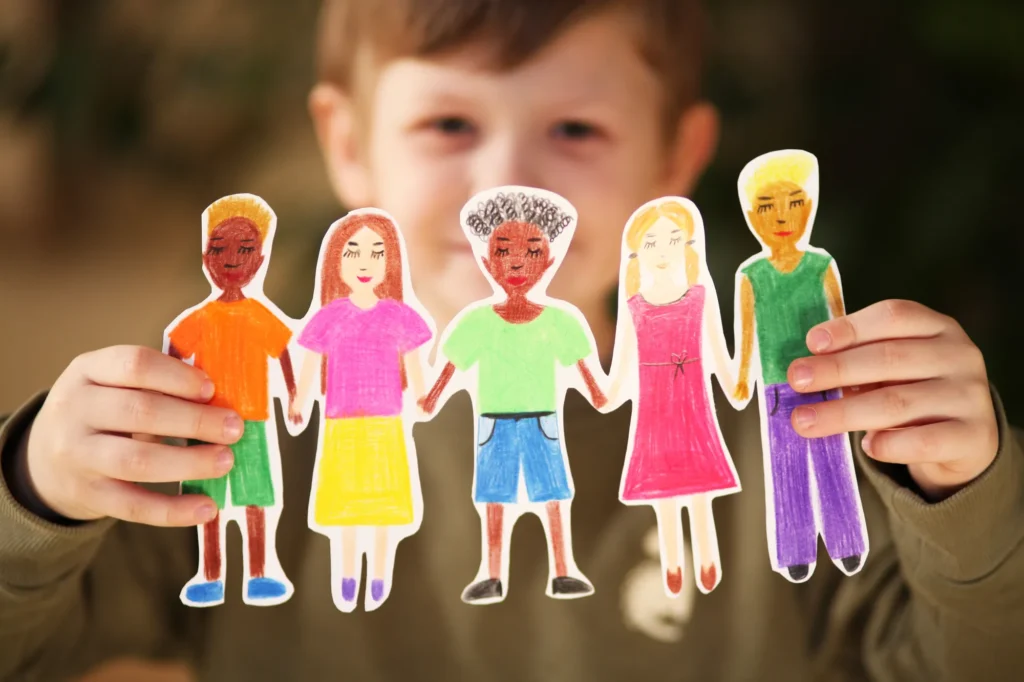
FY2026 Appropriations Recommendations for Children and Youth
Congressional Subcommittee Letters:
Administration Letter:
Appropriations Recommendations Archive
2024
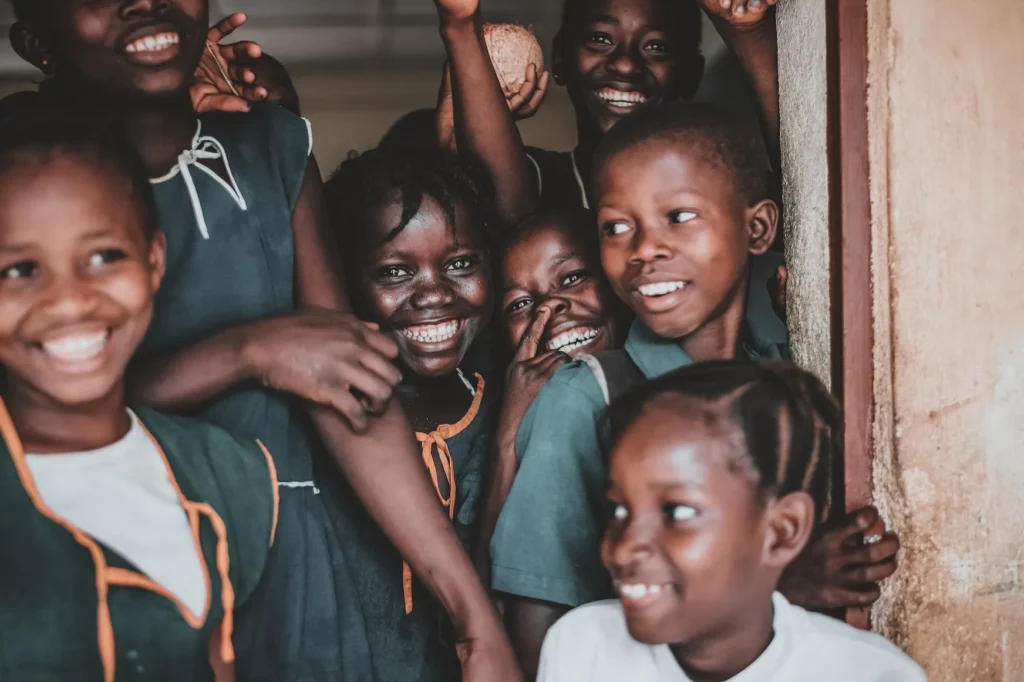
FY24 Appropriations Request
Over 30 organizations signed a letter to Congressional leaders in support of language to better track funding for children and youth globally through the FY2024 State, Foreign Operations and Related Programs (SFOPS) Appropriations bill and Committee report. Congressional reports such as the one requested are critical tools for the American public, civil society advocates, and Congressional stakeholders. Currently, there is no way to track how much money goes to young people internationally, so these reports contain valuable insight into how and where the U.S. government is prioritizing young people, and can be used to identify key areas of interest and potential gaps.
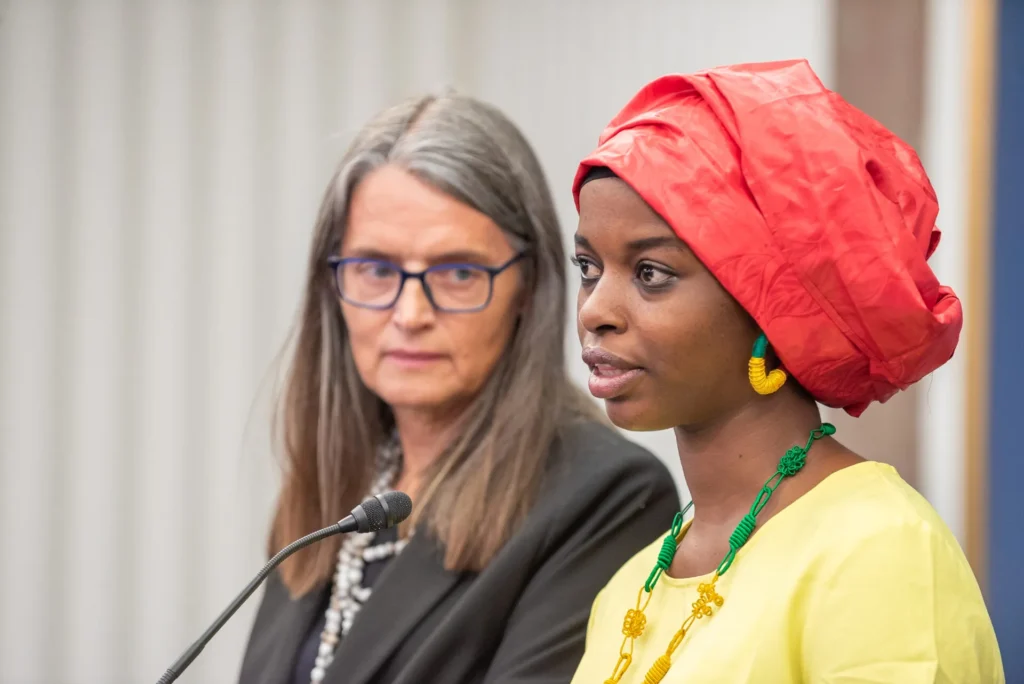
FY24 OMB Recommendations
Over 30 organizations signed a letter to the Office of Management and Budget’s Director in support of mechanisms and enhanced coordination to track policies and programs and to put children and youth’s interests at the forefront of foreign assistance. Young people do not live their lives in silos, and yet government funding and responses to their needs are often fragmented, uncoordinated, and opaque. The letter states that the U.S. should track spending and disaggregate data by sex, age, and disability to assess the impact of development assistance on children and youth across the life course.

Proposal to White House on Children and Youth 2024
This proposal outlines a vision for a White House-led initiative to address the urgent needs of children and youth. The proposal addresses gaps that exist to provide a more fulsome and impactful approach to harness the coordinated work across U.S. agencies, combine U.S. assistance and diplomatic efforts, and implement a Whole Child and whole-of-government approach. This work reflects the expertise of U.S. advocates and lived-experience experts from around the world. The content of this memorandum focuses on conditions and recommendations to improve U.S. support for children internationally to ensure that the full power of the U.S. government is working to have a positive and transformative impact on children and youth everywhere.
2023
2022
In the News
More than half of the global population is under 30, and 90% of this generation—the youngest child and youth population in history—live in less developed countries. Although children and young people are not prioritized by the U.S. government in ways that one might expect given the outsized impact this generation will have on the world, there are still many illustrative examples of programs and activities funded by the U.S. government. Dive into our partners’ latest media pieces, exploring initiatives supported by the U.S. government and analyzing its approaches for children and young people.

